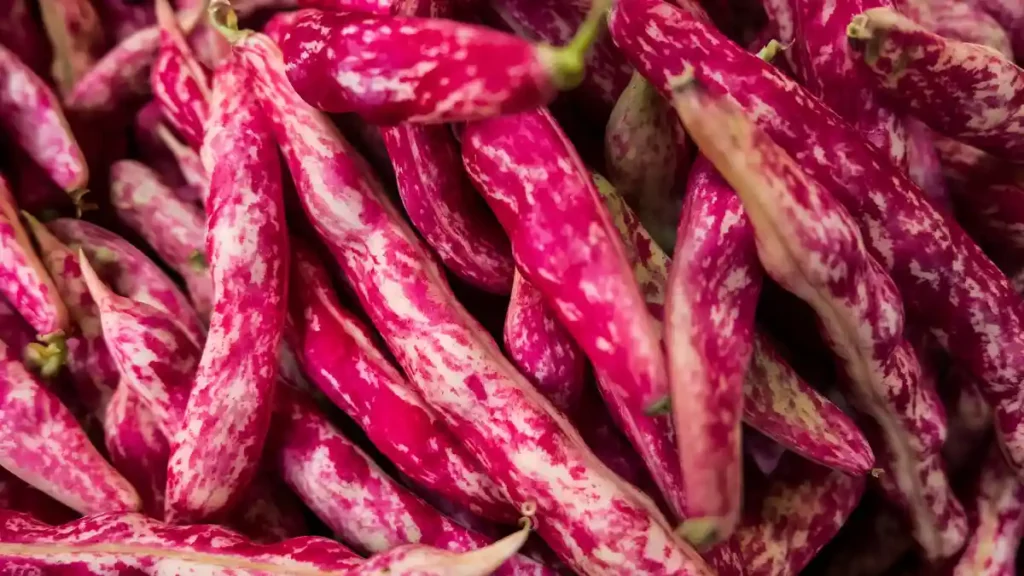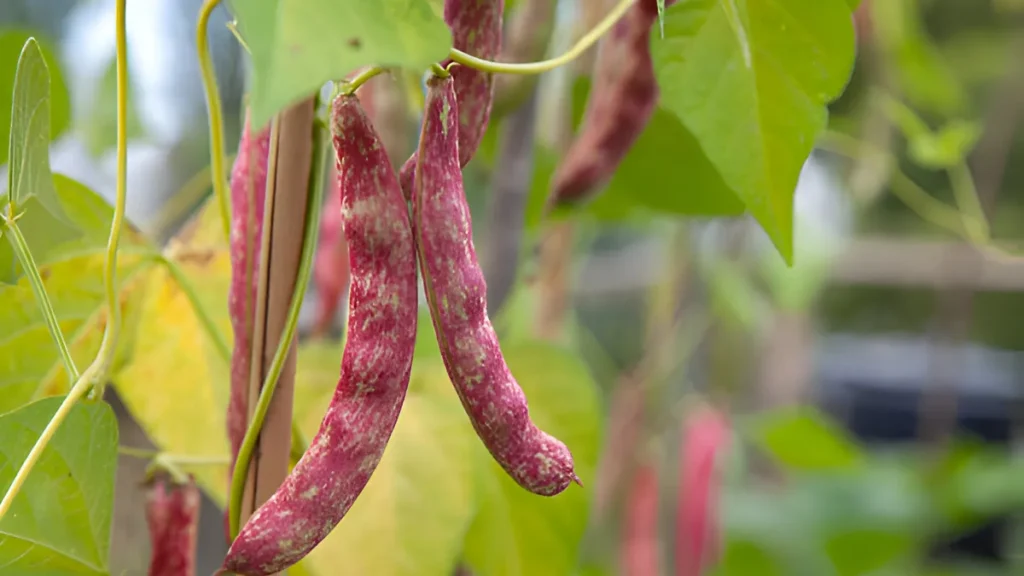Garden beans, sometimes referred to as shell beans or horticultural beans, are a kind of legume that is part of the Phaseolus vulgaris family. This kind of legume is commonly grown for its nutrient-dense and adaptable pods. These beans give a lot of nutritional value to a diet because they are an excellent source of fiber, protein, and important vitamins and minerals. Horticultural beans make a great addition to any garden, regardless of gardening experience level. They grow in a range of environments, need little care, and require very little upkeep. Here are some expert tips to boost them.
How to grow horticultural beans:
Here is a quick, step-by-step tutorial on planting horticulture beans. You can effectively plant and grow it if you follow the steps below.
Planting horticultural beans:
- It’s best to plant horticultural beans in the spring because they grow quickly as annuals and are very simple to grow. They require 6 to 8 hours of sunshine per day in a bright area. Add compost or well-rotted manure to loamy soil to prepare it.
- Seeds should be sown in seed trays or pots two to three weeks before the final frost date. Plant seeds 2–3 inches apart and 1-2 inches deep. Water thoroughly but gently. Utilize mulch, the moisture retention helps their short roots. Thin seedlings should be spaced 3–4′′ apart. Plants should be hardened off before being moved.
- The amazing property of horticultural beans is their inherent capacity to fix nitrogen in the soil. As bean seeds have sensitive roots and do not take well to transplanting, it is better to sow beans directly for successful growth.

Maintenance of horticultural beans:
- Watering properly
Weekly watering of horticultural beans requires one inch. Examine the dirt around the base of the plants with your finger to see if they want watering. To prevent spilling dirt onto leaves, which can result in soil-borne illnesses, use a drip irrigation system for extra watering.
- Fertilizing
Avoid using a fertilizer with a lot of nitrogen since horticultural beans fix nitrogen in the ground. During the growth season, feed the plant according to the directions on the package using a balanced fertilizer, such as 10-10-10 NPK.
- Trimming
Except for removing the plants from the ground as winter approaches, horticultural beans don’t require any pruning. These are annuals, meaning they die off and don’t come back every spring. Permit the beans to grow for as long as possible; these legumes fix nitrogen in the soil by absorbing it from the atmosphere.
- Harvesting horticultural beans
Horticultural beans require constant picking, the more you harvest, the more beans the plants will yield. Harvesting can begin as soon as the beans develop. If you want to harvest beans without hurting the plant, use clippers or a gentle tug to remove the beans from the vine. After harvesting, you can either boil the beans or blanch and freeze them. Refrigerating these will keep them fresh for up to a year.
- Typical illness
Additionally, horticultural bean plants can be impacted by fungi diseases like mosaic virus and white mold. Avoid packing the plants too closely together, allow plenty of airflow, and keep the vines dry to help stave off illnesses.
Conclusion:
In conclusion, horticultural beans are a versatile and enjoyable crop to grow, with various advantages for gardeners and cooks alike. This is a nutritious and delicious addition to any dish. You’ll have an abundance of tasty and healthy pods from these beans that you can cook, eat, or save for later. Horticultural beans are easy to plant, maintain, and harvest if you follow this guide’s easy guidelines.
Certainly! If you’d like to learn more, please consider following our WhatsApp Channel: Harvest Gardening
A frequently asked questions:
Q1. When to pick horticultural beans?
A2. The ideal conditions for harvesting horticultural beans are plump and solid pods with well-formed, but not hard, beans inside.
Q2. How to grow horticultural beans indoors?
A2. While it is possible to produce horticultural beans indoors, grow lights will probably be required in addition to natural sunshine.
Q3. How should you store horticultural beans?
A3. Horticultural beans should be kept dry and cold in an airtight container. They can remain fresh for up to a year if stored properly.



